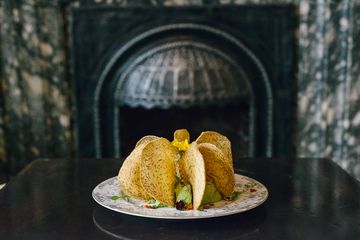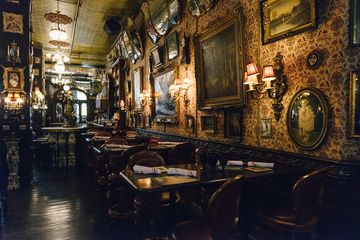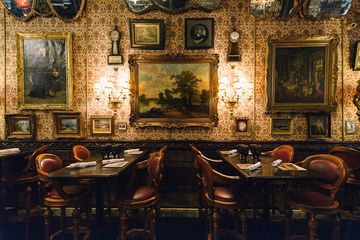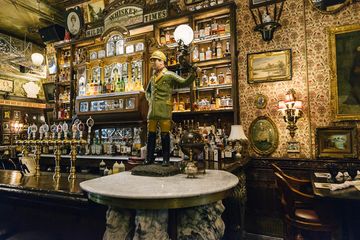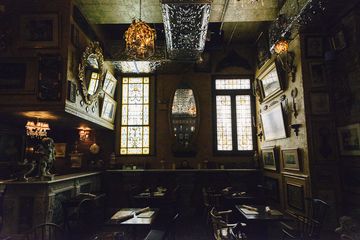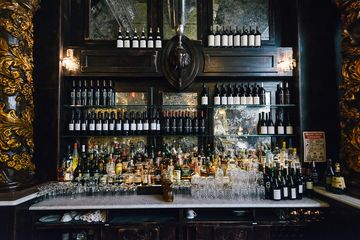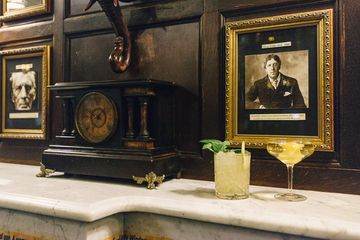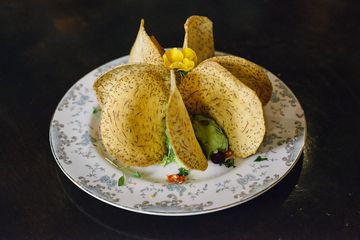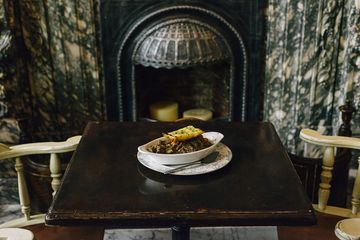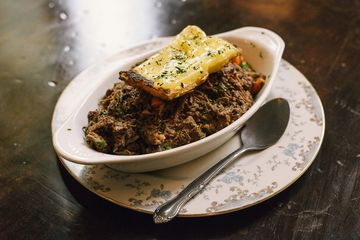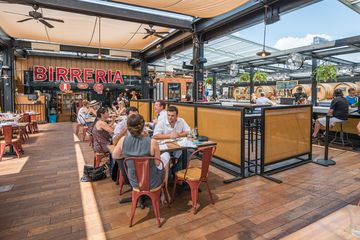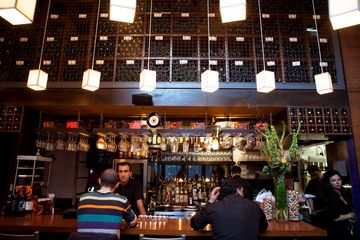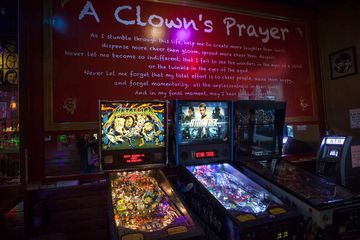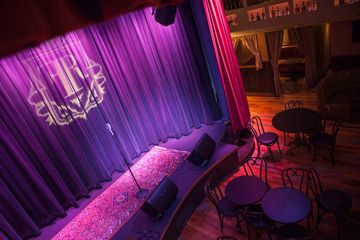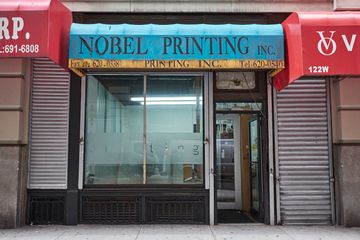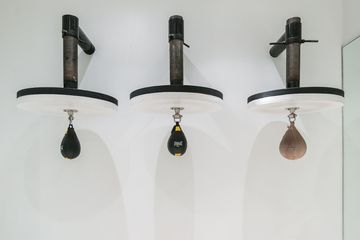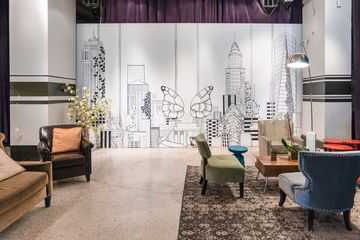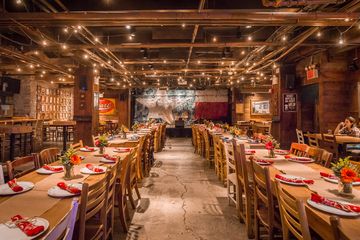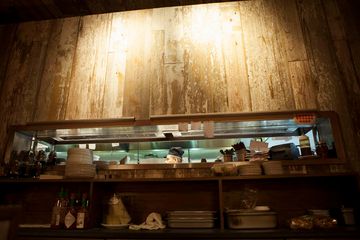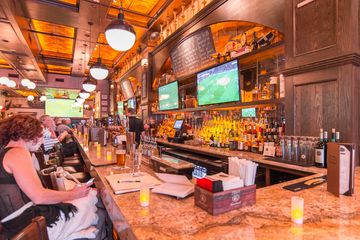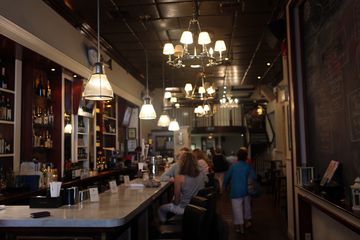Home to more than 750 whiskeys, the Flatiron Room is an enthusiast's delight... but it is also a nice place for a change of pace for the whiskey amateurs among us. After spending some time in the more typical Manhattan bar scene, this more low-key, conversational venue can be just what the doctor ordered (all things in moderation, of course). Walking in, we were immediately struck by the colored lighting, adjusted throughout the night, and the beautiful stage hung with lush velvety curtains. The main room is candlelit and brings to mind a theater, caf̩e, bar and library all rolled into one. Each evening, a band takes the stage to play live music, typically jazz. Thursdays, however, are devoted to Cuban music for those who crave a bit more rhythm, while Sundays are bluegrass and bourbon night. Among the deluge of whiskeys, ryes, bourbons and scotches, it can be hard to hone in on favorites. For those who do decide what suits their fancy, the Flatiron Room offers a bottle key program, whereby bottles are available to be opened one night, and stored for future visits. A sommelier schools old hands and the uninitiated alike on Tuesdays. Although the emphasis is on the alcohol and music, the food is also worth mentioning. The menu is eclectic with a charcuterie or cheese plate, an interesting variety of flat breads, salads, spicy broccoli (a favorite), and an array of main dishes. For those looking for a bit more privacy or some shelter from the musical stylings, there is a mezzanine sporting tables and additional private rooms in the back. These seats, and most of the house, are by reservation only, with a few spaces for walk-ins. Calling ahead is a good idea. Coming at all is an even better one.
